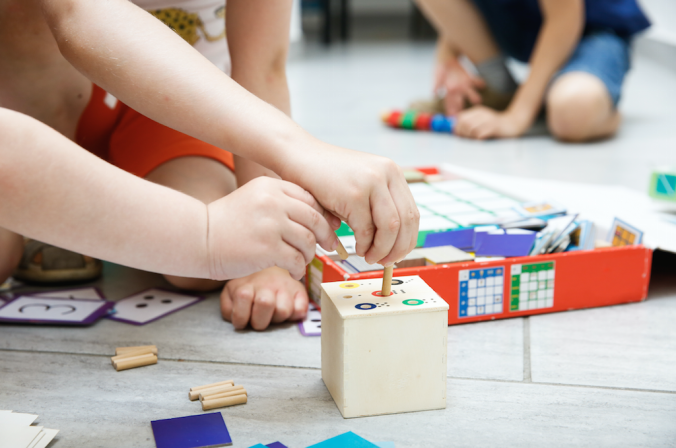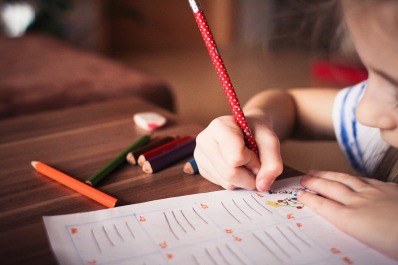 What Are Fine Motor Skills?
What Are Fine Motor Skills?
Fine motor skills are those skills that require the use and control of the muscles in one’s hands. We depend on these skills for the many day-to-day tasks that allow for self-care and independence such as getting dressed, eating lunch, and writing. Caregivers play a vital role in conditioning and training our young children to use their fine motor skills to facilitate life-long independence.
In my work with children from pre-school through middle school, something that I am becoming aware of is the lack of hand strength for simple classroom and self-help tasks. I have observed many children with very loose pencil grips that affects their ability to write and form letters. I have also seen middle school students who lack the strength in their hands to manipulate a scissors.
Practice Makes Perfect
Just as with any cognitive skill, fine motor abilities will improve with practice. It is the caregiver’s role to provide an environment rich in experiences that will enhance fine motor development. The intentional planning for fine motor practice will also enhance other developmental domains and strengthen the connections made in the brain for learning. In this NAEYC article, the authors introduce four specific muscle areas to concentrate on and have provided a list of activities that promote fine motor development specific to each area.
planning for fine motor practice will also enhance other developmental domains and strengthen the connections made in the brain for learning. In this NAEYC article, the authors introduce four specific muscle areas to concentrate on and have provided a list of activities that promote fine motor development specific to each area.
Children learn best through developmentally appropriate play using their senses to explore their world. These simple and playful hand strengthening activities will give your play a purpose, and who doesn’t enjoy play dough? The Potential of Playdough will give you a whole new appreciation for this simple activity including recipes to make your own playdough.
What are some of your favorite activities to promote fine motor development?
Lynn DeVries, Extension Educator | The Learning Child
Make sure to follow The Learning Child on social media for more research-based early childhood education resources!
 Young children go through a variety of emotions every day. Sometimes they have problems relating their emotions to their behavior and all adults see… is the challenging behavior that is exhibited!
Young children go through a variety of emotions every day. Sometimes they have problems relating their emotions to their behavior and all adults see… is the challenging behavior that is exhibited!